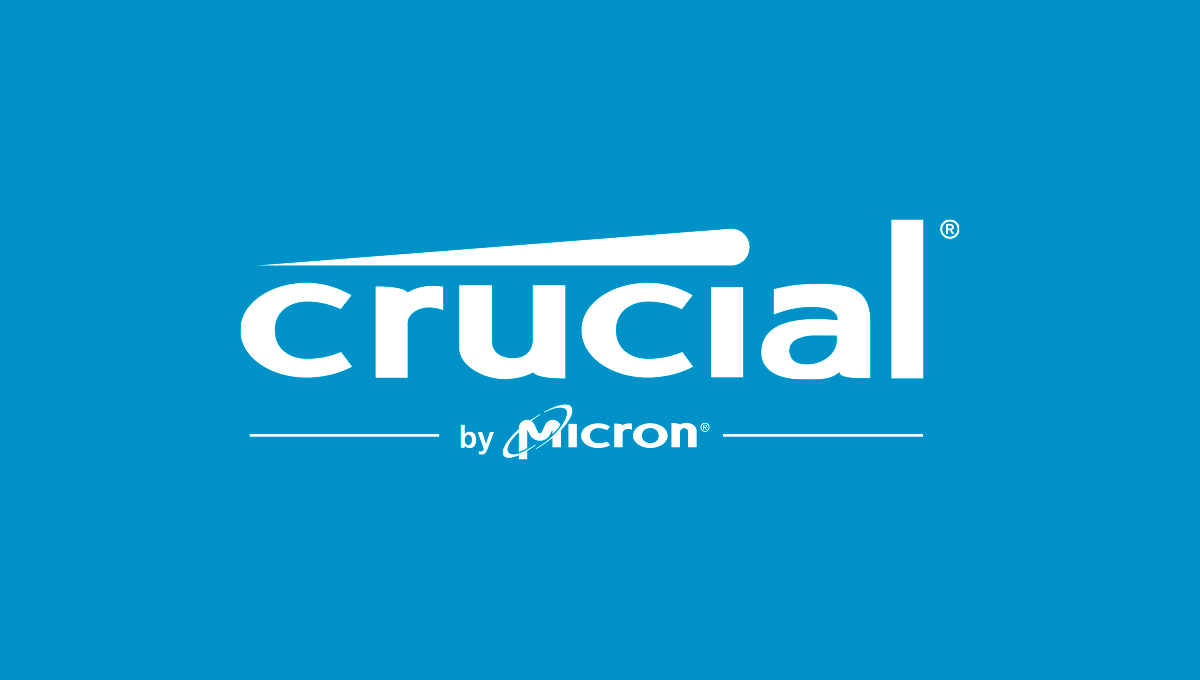T0@st
News Editor
- Joined
- Mar 7, 2023
- Messages
- 3,173 (3.96/day)
- Location
- South East, UK
| System Name | The TPU Typewriter |
|---|---|
| Processor | AMD Ryzen 5 5600 (non-X) |
| Motherboard | GIGABYTE B550M DS3H Micro ATX |
| Cooling | DeepCool AS500 |
| Memory | Kingston Fury Renegade RGB 32 GB (2 x 16 GB) DDR4-3600 CL16 |
| Video Card(s) | PowerColor Radeon RX 7800 XT 16 GB Hellhound OC |
| Storage | Samsung 980 Pro 1 TB M.2-2280 PCIe 4.0 X4 NVME SSD |
| Display(s) | Lenovo Legion Y27q-20 27" QHD IPS monitor |
| Case | GameMax Spark M-ATX (re-badged Jonsbo D30) |
| Audio Device(s) | FiiO K7 Desktop DAC/Amp + Philips Fidelio X3 headphones, or ARTTI T10 Planar IEMs |
| Power Supply | ADATA XPG CORE Reactor 650 W 80+ Gold ATX |
| Mouse | Roccat Kone Pro Air |
| Keyboard | Cooler Master MasterKeys Pro L |
| Software | Windows 10 64-bit Home Edition |
Shahram Mokhtari and Elizabeth Chamberlain—members of the iFixit Teardown Team—spent hands-on time with Framework's freshly introduced 4.5 liter Mini-ITX "Desktop" PC system. Official press material revealed cooling solution partnerships with Cooler Master and Noctua, but only a minority of "2nd Gen event" attendees were allowed to handle these pre-release modular parts. iFixit employees did not perform a full evaluation of Framework's new desktop model, since they were dealing with a prototype unit. A "repairability score" will be awarded once finalized hardware is delivered to iFixit's base of operations. In the meantime, their video team was hosted at Framework's Northern California office.
According to a follow-up report, Mokhtari and Chamberlain enjoyed their visit: "it's teardown time. Framework has been a beacon of repairability in the laptop space, and now they're bringing that ethos to desktops...Taking this thing apart was exactly as easy as we've come to expect from Framework. They brought us to their HQ to rip into it, and from the very first step, it was clear: this desktop was designed to be opened." Potential buyers—of Framework Desktop—are faced with many configurations, but a crucial choice will focus on available APU options. The highest-end builds will feature AMD's 16-core Ryzen AI Max+ 395 "Strix Halo" processor—iFixit's teardown did not reveal any major revelations in terms of the APU's physical appearance. Even Framework's own press release contains an exposed shot—hardcore processor design enthusiasts are better catered to with a more in-depth analysis of "Strix Halo."



The compact PC community has welcomed Framework's forthcoming entry, but many have questioned the company's selection of soldered-on RAM. iFixit weighed in on this topic of debate, after absorbing official company statements: "we know what you're thinking. 'Framework? Soldered RAM? What's going on?' And yeah, we asked the same thing...In short: detachable RAM would have tanked performance—potentially cutting bandwidth in half. Framework prides itself on repairability, but they weren't willing to compromise speed to get it. We respect that level of transparency."
iFixit's video description stated: "we traveled to San Francisco to get an exclusive first look at Framework's exciting new products unveiled at their Framework 2nd Gen event! While they had plenty of big announcements, we were among the first to go hands-on with the all-new Framework Desktop. As Framework's first entry into the desktop category, this device promises to deliver the same innovation and modularity that made their laptops a game-changer. Join us as we dive into what makes the Framework Desktop so exciting!" The iFixit Teardown team anticipates a "very high" repairability score, post-testing of retail Framework Desktop models. The "Engineering Sample" showed a lot of promise during preview sessions.
View at TechPowerUp Main Site | Source
According to a follow-up report, Mokhtari and Chamberlain enjoyed their visit: "it's teardown time. Framework has been a beacon of repairability in the laptop space, and now they're bringing that ethos to desktops...Taking this thing apart was exactly as easy as we've come to expect from Framework. They brought us to their HQ to rip into it, and from the very first step, it was clear: this desktop was designed to be opened." Potential buyers—of Framework Desktop—are faced with many configurations, but a crucial choice will focus on available APU options. The highest-end builds will feature AMD's 16-core Ryzen AI Max+ 395 "Strix Halo" processor—iFixit's teardown did not reveal any major revelations in terms of the APU's physical appearance. Even Framework's own press release contains an exposed shot—hardcore processor design enthusiasts are better catered to with a more in-depth analysis of "Strix Halo."



The compact PC community has welcomed Framework's forthcoming entry, but many have questioned the company's selection of soldered-on RAM. iFixit weighed in on this topic of debate, after absorbing official company statements: "we know what you're thinking. 'Framework? Soldered RAM? What's going on?' And yeah, we asked the same thing...In short: detachable RAM would have tanked performance—potentially cutting bandwidth in half. Framework prides itself on repairability, but they weren't willing to compromise speed to get it. We respect that level of transparency."
iFixit's video description stated: "we traveled to San Francisco to get an exclusive first look at Framework's exciting new products unveiled at their Framework 2nd Gen event! While they had plenty of big announcements, we were among the first to go hands-on with the all-new Framework Desktop. As Framework's first entry into the desktop category, this device promises to deliver the same innovation and modularity that made their laptops a game-changer. Join us as we dive into what makes the Framework Desktop so exciting!" The iFixit Teardown team anticipates a "very high" repairability score, post-testing of retail Framework Desktop models. The "Engineering Sample" showed a lot of promise during preview sessions.
View at TechPowerUp Main Site | Source










